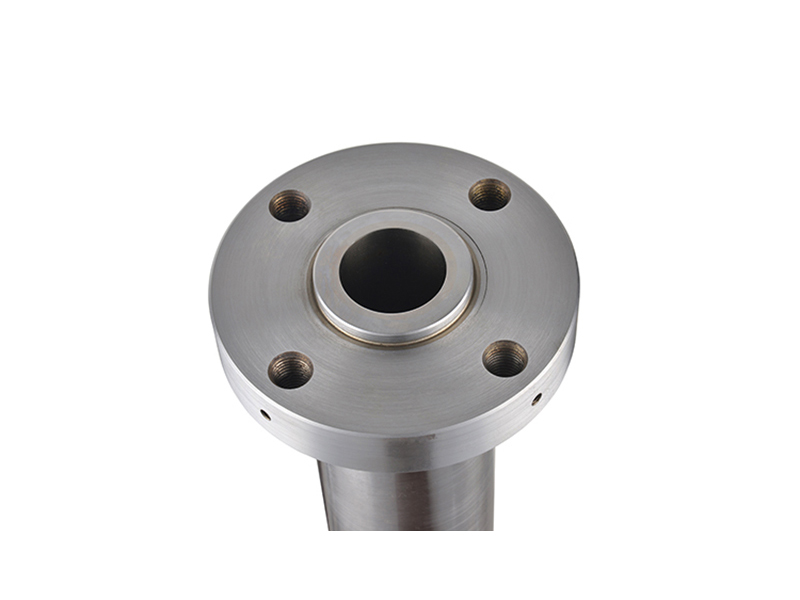

The twin-screw extruder is mainly used in plastic facto […]
The twin-screw extruder is mainly used in plastic factories. It is a widely used equipment that can effectively process plastic products. There are many types of this equipment, and it needs to be cleaned properly after use, so as to ensure that the equipment can be used for a longer time.
What are the structural classifications of twin screw extruders?
1. The twin-screw extruder is composed of transmission device, feeding device, barrel and screw, etc. The function of each component is similar to that of a single-screw extruder. The difference from the single-screw extruder is that there are two parallel screws in the same barrel in the twin-screw extruder.
2. There are many different types of twin-screw extruders, the main difference lies in the structure of the screw. The screw structure of the twin-screw extruder is much more complicated than that of the single-screw extruder. This is because the screw of the twin-screw extruder also has such things as the direction of rotation and the degree of engagement.
3. The twin-screw extruder commonly used for PVC profile extrusion is usually close-meshed and counter-rotating screws, a few also use co-rotating twin-screw extrusion, but generally can only be operated at low speed, about 10r /min range.
4. The high-speed intermeshing co-rotating twin-screw extruder is used for mixing, exhausting granulation or as a continuous chemical reactor. The larger screw speed range of this type of extruder is 300~600r/min.
5. The conveying mechanism of non-intermeshing extruder and intermeshing extruder is quite different, which is closer to the conveying mechanism of single-screw extruder, and there is an essential difference between the two.
How to clean the twin screw extruder?
1. The purpose of cleaning machine is to remove the residual materials in the extruder and die, which avoids time-consuming disassembly and cleaning. Cleaning materials are often divided into two categories: chemical cleaning agents and mechanical friction cleaning agents.
2. Many cleaning agents have both chemical and frictional functions. Chemical cleaning agents will react with plastic residues to remove them from mechanical surfaces.
3. The principle of mechanical friction cleaning is to rub and wash away residual material from the metal surface, using friction and shearing methods. The processor can find suitable cleaning materials and methods through many trials.
4. No cleaning material has a cleaning effect on all materials. Processors need to clean materials cheaply and efficiently.
5. Many operators in the Midwestern United States use corn as a material for cleaning machines because it is easily available and has a good cleaning effect on the machine.
www.cjscrewbarrel.com
